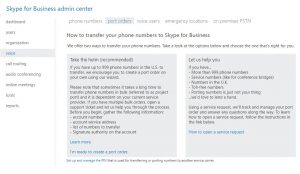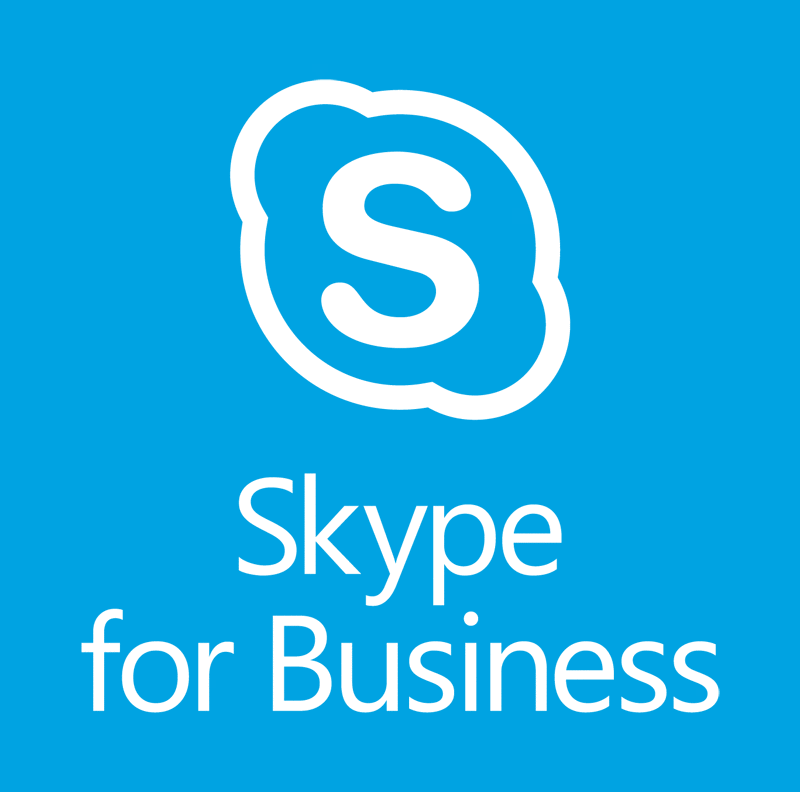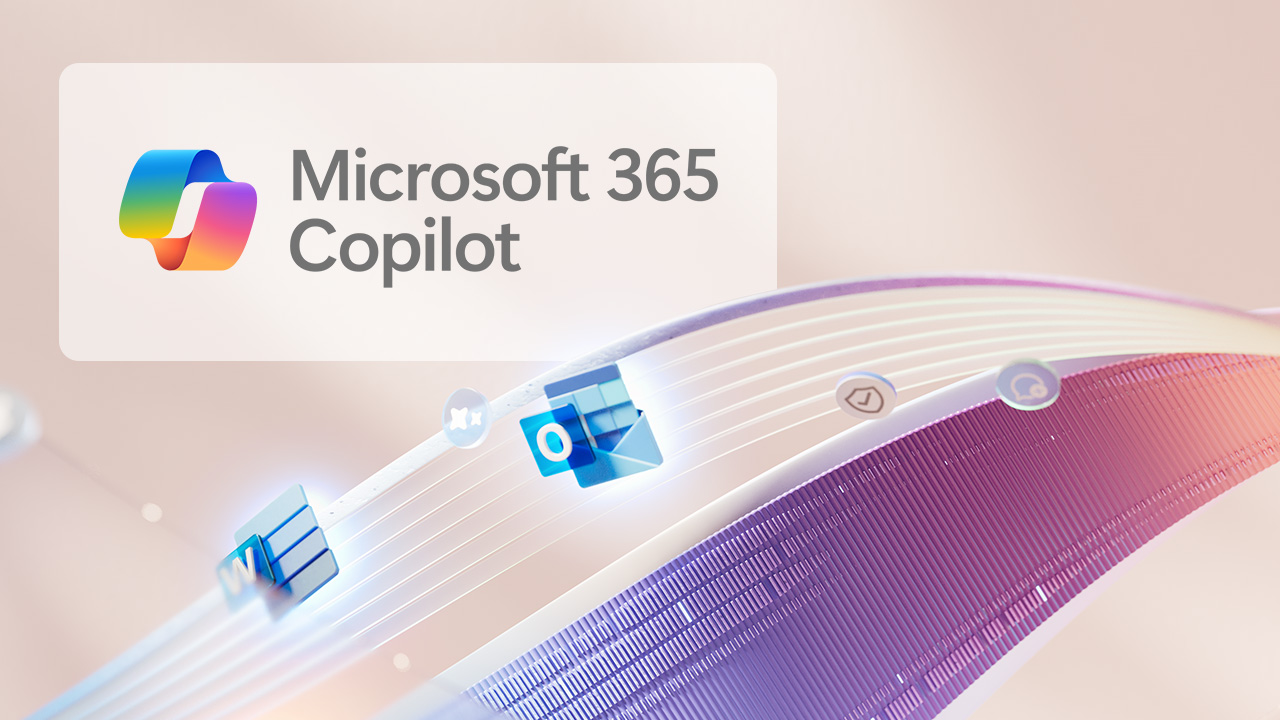We had an interesting Skype migration, where we needed to migrate 10,000 numbers from BT to Microsoft Phone System for Skype for Business.
With BT you have to port the entire block in one go, so we had no way of porting numbers in batches as users migrated over to Skype for Business. So, we needed a way for users to continue to be able to receive calls as they migrated onto S4B, but whilst the numbers were still with BT. Since calls were still coming into an old PBX, the initial thought was to program the PBX to forward numbers as and when users were migrated. However, since we were migrating about 100 users a day, this would basically be a full time job to program all the forwarders on the PBX, and would also be very prone to error, since the old PBX had to be programmed via a terminal application with no scripting support.
However, we realised that users were already used to forwarding their own numbers to their mobile phones, so they can forward their own calls in this way using their desk phone (a feature of the old PBX). What we therefore did was allocate 10,000 temporary local numbers in Skype for Business, and then ask each user to forward on their old desk phone to their temporary number as they get migrated. Once this is done, users receive all their calls on their old number using S4B (either client or Polycom desk phone), and can make outbound calls (which doesn’t show their number anyway). This made the whole migration process a lot easier, and placed the onus on the user to set up a simple call forward, less prone to error and easy for them to correct if they make a mistake.
The final job will be one off number port, at which point we will map all the ported numbers to the users using a PowerShell script, and job done!

Share this:
- Click to share on Facebook (Opens in new window) Facebook
- Click to share on LinkedIn (Opens in new window) LinkedIn
- Click to share on Reddit (Opens in new window) Reddit
- Click to share on X (Opens in new window) X
- Click to email a link to a friend (Opens in new window) Email
- Click to print (Opens in new window) Print


